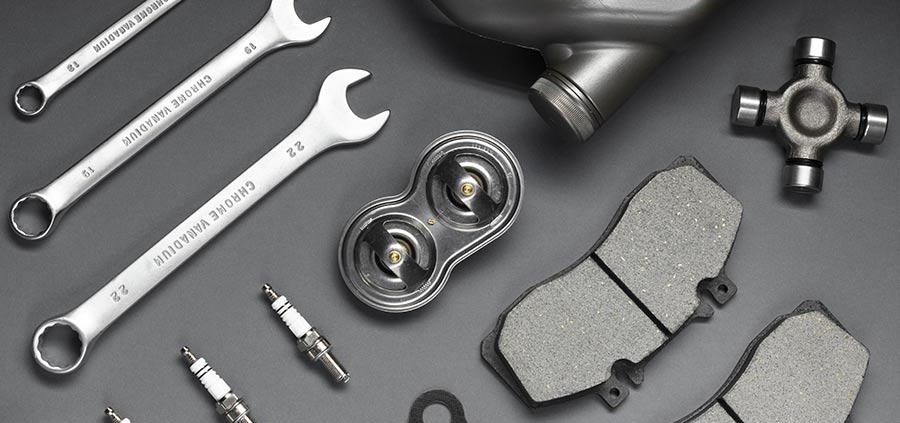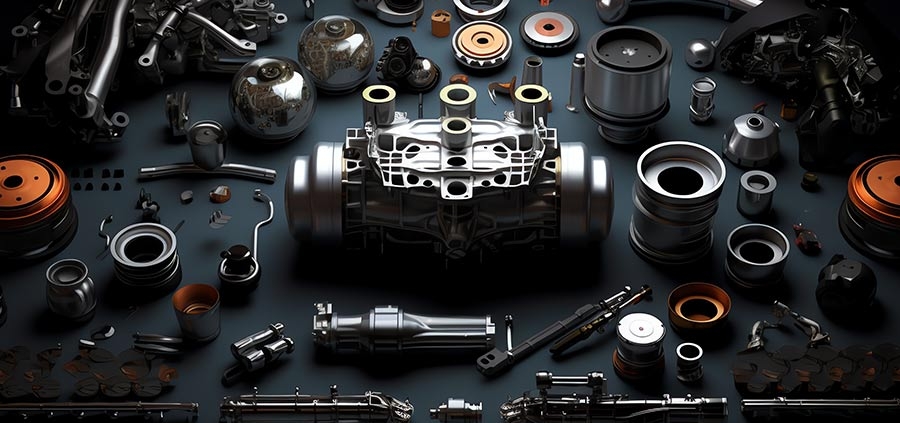As the automotive industry moves toward the future of self-driving cars, sensors are at the core of this transformation. Autonomous vehicles (AVs) rely on an intricate network of sensors to perceive their environment, make decisions, and navigate safely without human intervention. These sensors provide the vehicle with a “sense of sight,” enabling it to understand and respond to its surroundings, much like a human driver would, but with greater precision and faster reaction times.
The Key Sensors in Autonomous Vehicles
- LiDAR (Light Detection and Ranging)
LiDAR is one of the most important sensors in autonomous vehicles. It uses laser pulses to scan the surroundings, creating a detailed, high-resolution 3D map of the environment. This allows the vehicle to detect objects, pedestrians, other vehicles, and road features such as curbs, lanes, and intersections. LiDAR can measure distances with incredible accuracy, making it essential for the vehicle’s ability to navigate complex environments like city streets, highways, and construction zones. It’s particularly useful in low-light conditions, such as nighttime driving, where vision might be impaired. - Radar (Radio Detection and Ranging)
Radar sensors emit radio waves and measure the time it takes for them to bounce back after hitting an object. Radar excels at detecting objects at a distance and in adverse weather conditions like rain, snow, or fog, where optical sensors (like cameras) may struggle. It is particularly useful for functions such as adaptive cruise control, collision avoidance, and lane change assistance. Radar is also capable of tracking the speed and trajectory of surrounding vehicles, providing the AV with real-time data to make safe and informed driving decisions. - Cameras
Cameras are vital for giving autonomous vehicles a visual understanding of their surroundings. They capture detailed images and video, allowing the vehicle to “see” and recognize features like traffic signs, traffic lights, pedestrians, and other vehicles. Cameras are especially useful for interpreting complex visual cues like lane markings, road conditions, and signals, which are critical for decision-making in environments such as urban intersections and roundabouts. Multiple cameras placed at different points on the vehicle provide a 360-degree view of the environment. - Ultrasonic Sensors
Ultrasonic sensors work by emitting high-frequency sound waves and measuring the time it takes for the sound to reflect off objects in the vehicle’s immediate vicinity. These sensors are typically used for close-range detection, making them ideal for low-speed maneuvers like parking assist and object detection. Ultrasonics are particularly useful for avoiding obstacles while the vehicle is in reverse or during tight parking situations. - Infrared Sensors
Infrared sensors detect heat emitted by objects, helping the vehicle to “see” in dark or low-visibility environments, such as at night or during foggy conditions. These sensors are crucial for identifying pedestrians, animals, or obstacles that might not be visible to other sensors or the vehicle’s headlights. Infrared sensors can give autonomous vehicles an advantage in early hazard detection, providing more time to react to potential dangers.
The Future of Sensors in Autonomous Vehicles
As autonomous vehicles move closer to widespread adoption, sensors will continue to evolve and improve. Future developments in sensor technology may focus on higher resolution, faster processing speeds, and better integration to handle increasingly complex driving environments. Advances in artificial intelligence will also improve the vehicle’s ability to predict and react to unpredictable scenarios, such as road construction, sudden changes in traffic conditions, or unexpected pedestrian behavior.
Moreover, the continued rollout of 5G connectivity will enhance communication between vehicles (V2V) and infrastructure (V2I), allowing autonomous cars to exchange information with each other and with traffic systems, further improving safety and efficiency.
Conclusion
Sensors are the backbone of autonomous vehicle technology, providing the necessary perception capabilities for AVs to navigate the world without human intervention. Through a combination of LiDAR, radar, cameras, ultrasonic, and infrared sensors, autonomous vehicles can accurately interpret their environment, make decisions in real-time, and respond to potential hazards. As sensor technology advances, the role of sensors in autonomous vehicles will only grow more critical, enabling safer, smarter, and more reliable self-driving cars that have the potential to revolutionize the future of transportation.




